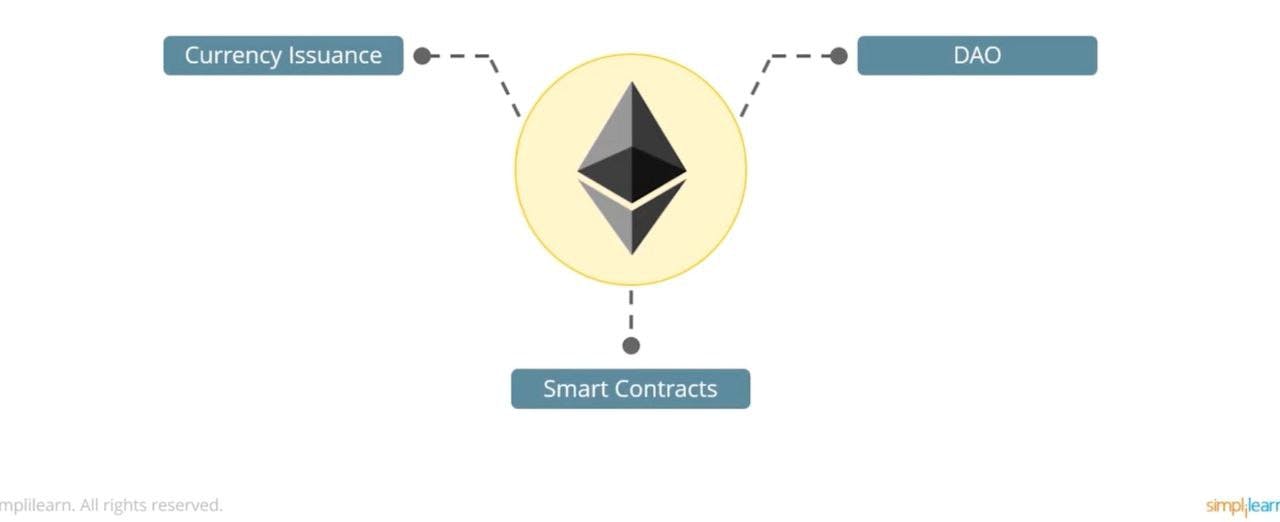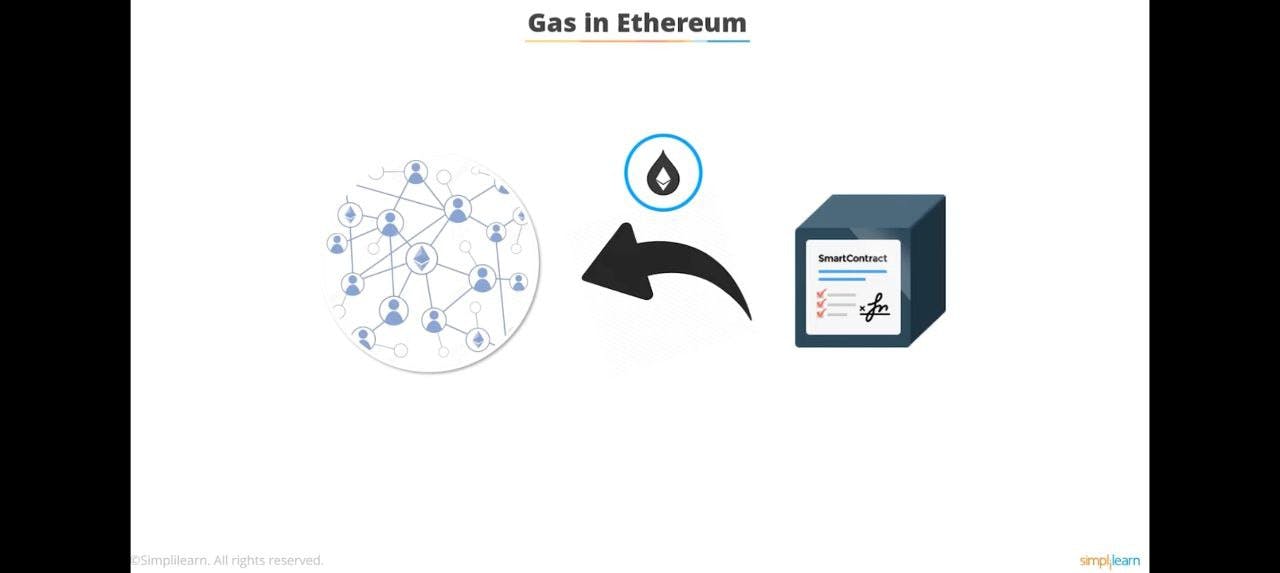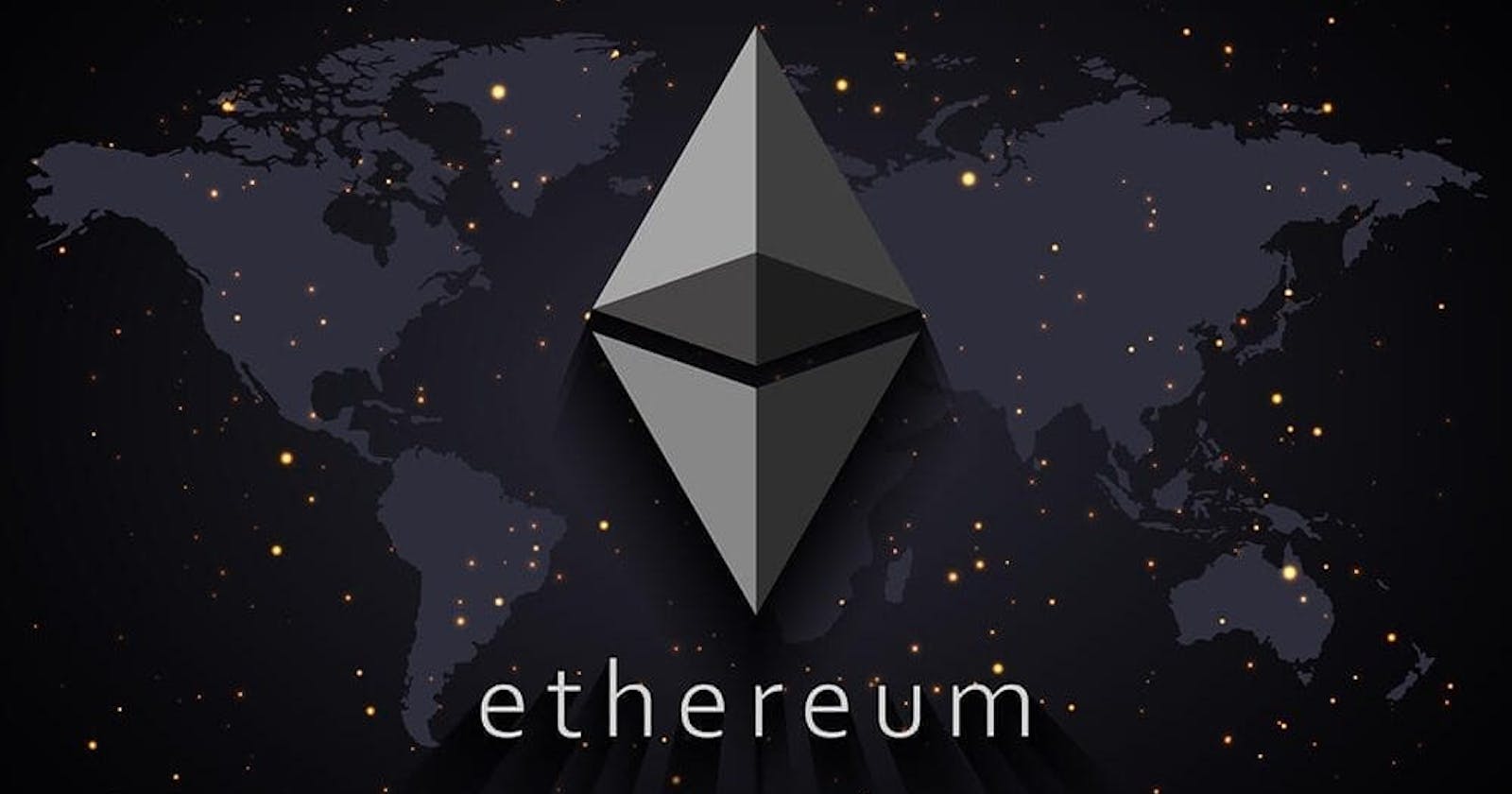"The rise of Ethereum"
The future of Smart Contracts and Decentralized Applications
While Bitcoin is defined as a digital currency. Ethereum is a decentralized platform that runs smart contracts exactly the way they are programmed without any downtime, fraud and third-party interference and also has its cryptocurrency called Ether.

Ethereum aims to enable innovations in three key areas :
Currency Issuance
Decentralized autonomous organization
Smart contracts
Features of Ethereum

Secure. The first feature of Ethereum is that it is secure because it is impossible to tamper with the transactions in the block or to fraudulent any block in the network.
Community Following. Ethereum has a large community following as it has gained attention from people all over the world.
Corporate-Friendly Ethereum leverages several corporates to test and build various applications.
Assets Issuance Ethereum has created the possibility to create new assets on Ethereum Blockchain that can be used as a currency a virtual share, a proof of membership or a representative of assets.
Process the transaction fast. While Bitcoin requires a block time of 10 minutes ethereum only requires a few seconds.
Ethereum is uncensored. Ethereum open source network allows complete transparency to view every transactions
Let's discuss one most important concepts in Ethereum called Gas.
Gas in Ethereum
Gas is the fundamental block of the Ethereum ecosystem that is paid for every operation performed on the Ethereum Blockchain.
It is the crypto-fuel for Ethereum. It can be considered a transaction fee that has to be paid when one party sends Ethers to another party.

Even when a person deploys smart contracts on the Ethereum blockchain transaction fees need to be paid for that as well thus payment has to be made regardless of whether transactions succeed or fail. The Gas price is expressed in Ethers and the Miner decides whether to refuse the transaction process or not. Based on the expected gas price one can see their transaction fee in ETH or USD when searching for the transaction on etherscan.io.
When someone refers to Gas they are either referring to Gas Price or Gas Limit.
The total cost of the transaction is the product of Gas Limit* Gas Price
Gas Limit:- It is the maximum amount of units of gas that one is willing to spend on a single transaction, it avoids situations where there is an error somewhere in the contracts and we end up spending a very high amount of gas however the units of gas spent in a transaction are defined by the amount of code executed on the blockchain, lowing the gas limit below the amount required will not help much.
If enough gas to cover the computational resources of the network is not supplied with the transaction, the transaction will fail due to an out-of-gas error, So Gas is a commodity that is essentially a cost of using the system.
Like bitcoin, Ethereum also has its currency known as the Ether
Ether (ETH)
Ether is a necessary element needed for operating the Ethereum platform.
An incentive that the client of the platform pays to execute requested operations.
It ensures that the developers write error-free codes because unnecessary codes will increase the cost.
Ethereum Virtual Machine (EVM)
Ethereum Wallets - It is the place to securely store the ethers or other cryptocurrencies using accessing your currency using a private key
EVM - is an engine that executes translation codes. Smart contracts are compiled into bytecode which an EVM can read and execute.
EVM can be regarded as a quasi-touring complete machine. It possesses its programming language known as the EVM Bytecode. Once the code is written in a higher-level programming language, codes can be compiled into EVM bytecode.
Ethereum Virtual Machine uses a set of instructions known as opcodes, to execute specific tasks.

Thus the user triggers the transaction of 5 ETH using his desktop wallet, the wallet sends the message to the EVM which connects the wallet address on the Ethereum network to process the transaction and send it to the receiver.
Smart contracts are written in Ethereum-specific languages.
Ethereum Languages
Every Contract is compiled into EVM bytecode and deployed to Ethereum Blockchain for execution.
Ethereum uses the following languages:-
Solidity. It is an object-oriented high-level language used for the implementation of smart contracts on the Ethereum blockchain.
It was designed to target EVM and it is influenced by Python, C++ and javascript.
Low-Level Lisp (LLL). It is one of the Ethereum smart contracts programming languages and it is similar to Assembly.
Wiper. It is a contract-oriented programming language influenced by Python.
Serpent. It is an Assembly language that compiles EVM codes that are extended with various high-level features.
Mutan. It is similar to the C-like language and supports a dynamics full higher-level language, it compiles to native Ethereum Assembler. However, Mutan is now deprecated.
Julia. It is an intermediate language that can compile to various backends like EVM 1.0, EVM 1.5 and EWASM.

